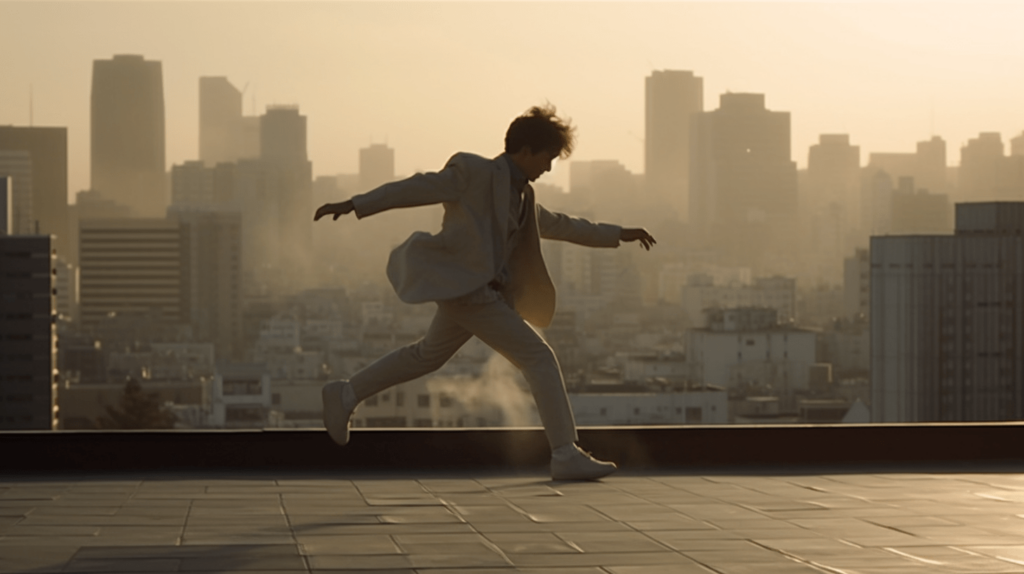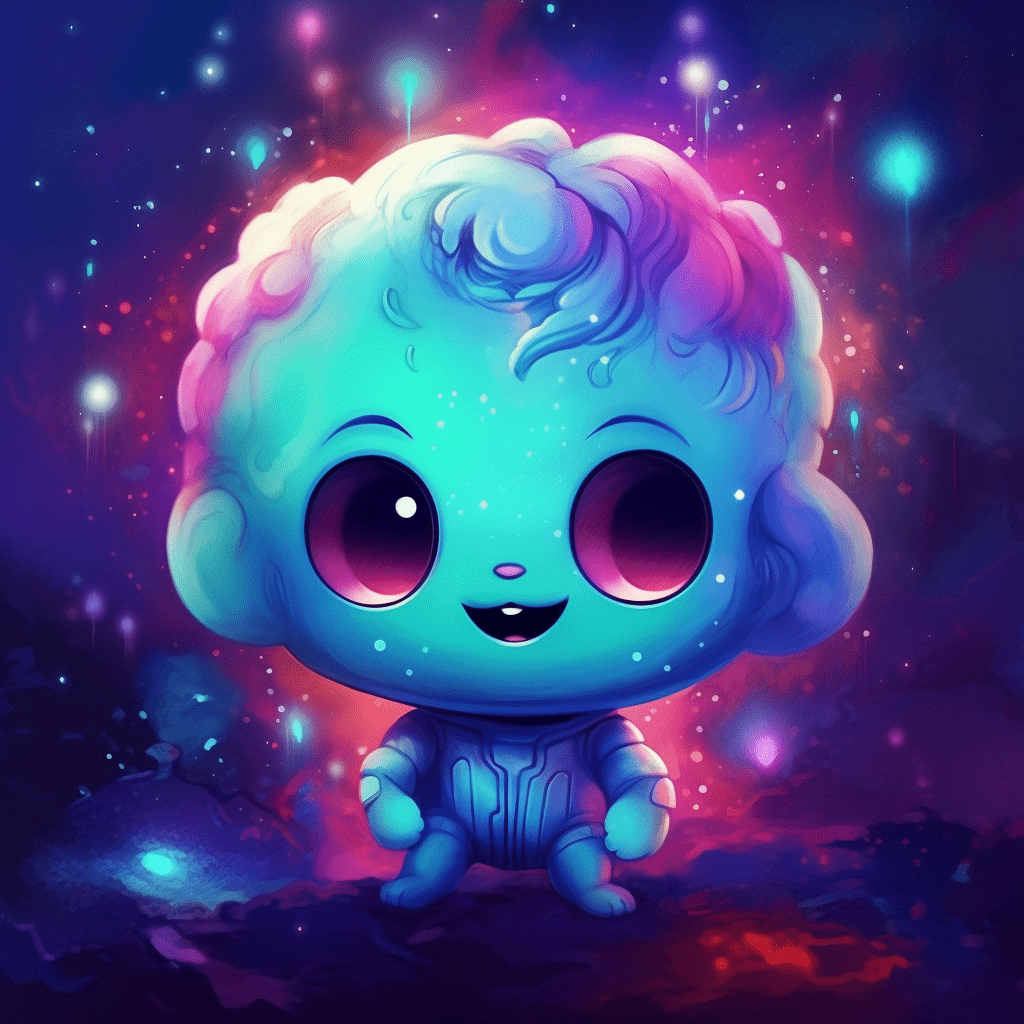As the world of blockchain technology and non-fungible tokens (NFTs) continues to grow, understanding the relationship between NFTs and intellectual property rights is becoming increasingly important. The ERC721a token standard is a newer variant of the original ERC721, and it’s rapidly gaining popularity for its potential in digital art, collectibles, and other unique digital assets. In this article, we’ll explore the connection between ERC721a and intellectual property rights, providing you with key insights into what you need to know as a creator, collector, or trader in the world of NFTs.

Understanding ERC721a
Before diving into intellectual property rights, it’s essential to understand what sets ERC721a apart from its predecessor, ERC721. Both token standards are designed for creating NFTs on the Ethereum blockchain, but ERC721a offers some improvements, such as reduced gas fees and enhanced compatibility with other token standards like ERC20 and ERC1155.
These improvements make ERC721a an attractive option for creators and developers looking to mint NFTs and build platforms that leverage the unique properties of these digital assets.
Intellectual Property Rights and NFTs
When it comes to NFTs, understanding intellectual property rights is crucial. As a creator, you may be wondering what rights you retain when minting an NFT. As a collector or trader, you may be concerned about the rights associated with owning or trading an NFT. In general, the creation and sale of an NFT do not automatically transfer any intellectual property rights.
Copyright and NFTs
Copyright is the most relevant form of intellectual property when dealing with NFTs. It protects original works of authorship, including digital art, music, videos, and other creative content. When an artist creates a digital work, they automatically hold the copyright to that work. However, minting an NFT representing that work doesn’t inherently transfer any copyright ownership.
When you purchase an NFT, you’re typically buying a digital certificate of ownership for that unique digital asset – not the copyright to the underlying work. The creator still retains the copyright, unless they explicitly grant or transfer those rights through a separate agreement.
ERC721a and Licensing Agreements

To clearly define the rights and limitations associated with an NFT, creators can use licensing agreements. These agreements can specify what rights the NFT owner has, such as the right to reproduce, distribute, display, or perform the underlying work. Licensing agreements can also restrict the use of the NFT, such as prohibiting commercial use or limiting the number of reproductions.
When using the ERC721a token standard, creators can include licensing agreements as metadata within the NFT itself or provide a separate document or contract outlining the terms. This ensures that NFT owners have a clear understanding of their rights and responsibilities regarding the underlying work.
Protecting Your Intellectual Property as an NFT Creator
As an NFT creator, it’s essential to take steps to protect your intellectual property rights. Here are some measures you can take:
Register your copyright: While copyright protection is automatic upon the creation of an original work, registering your copyright can provide additional legal benefits and make it easier to enforce your rights in case of infringement.
Create clear licensing agreements: Draft licensing agreements that clearly define the rights and limitations associated with your NFTs. Make sure to include these agreements with your NFTs, either as metadata or through a separate document or contract.
Monitor the market: Keep an eye on NFT marketplaces and social media platforms to identify potential infringements of your intellectual property rights. If you find unauthorized uses of your work, take appropriate action to enforce your rights.
The Importance of Collaboration and Education

One of the best ways to ensure the healthy growth of the NFT ecosystem is through collaboration and education. As artists, developers, collectors, and traders come together to share their knowledge and experiences, it helps to create a more robust and informed community. This not only fosters innovation but also helps to address potential legal and ethical challenges.
Whether you’re new to the world of NFTs or an experienced creator, staying informed about intellectual property rights and the ever-evolving landscape of the ERC721a token standard is crucial. By doing so, you can help shape the future of digital art, collectibles, and other unique assets, while also ensuring that your own intellectual property rights are respected and protected.
Conclusion
As the popularity of NFTs and the ERC721a token standard continues to rise, understanding intellectual property rights is essential for creators, collectors, and traders alike. By familiarizing yourself with copyright law, drafting clear licensing agreements, and taking proactive measures to protect your intellectual property, you can navigate the world of NFTs with confidence and security.
